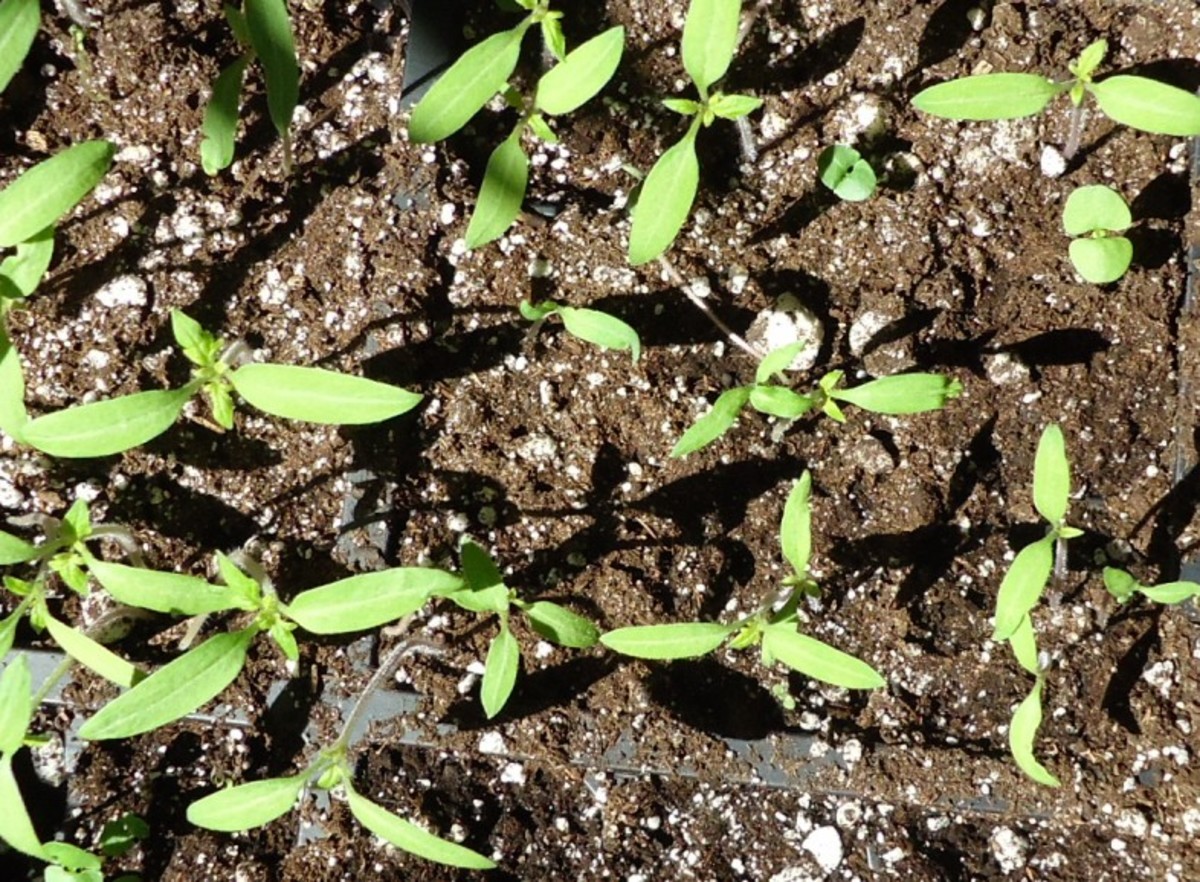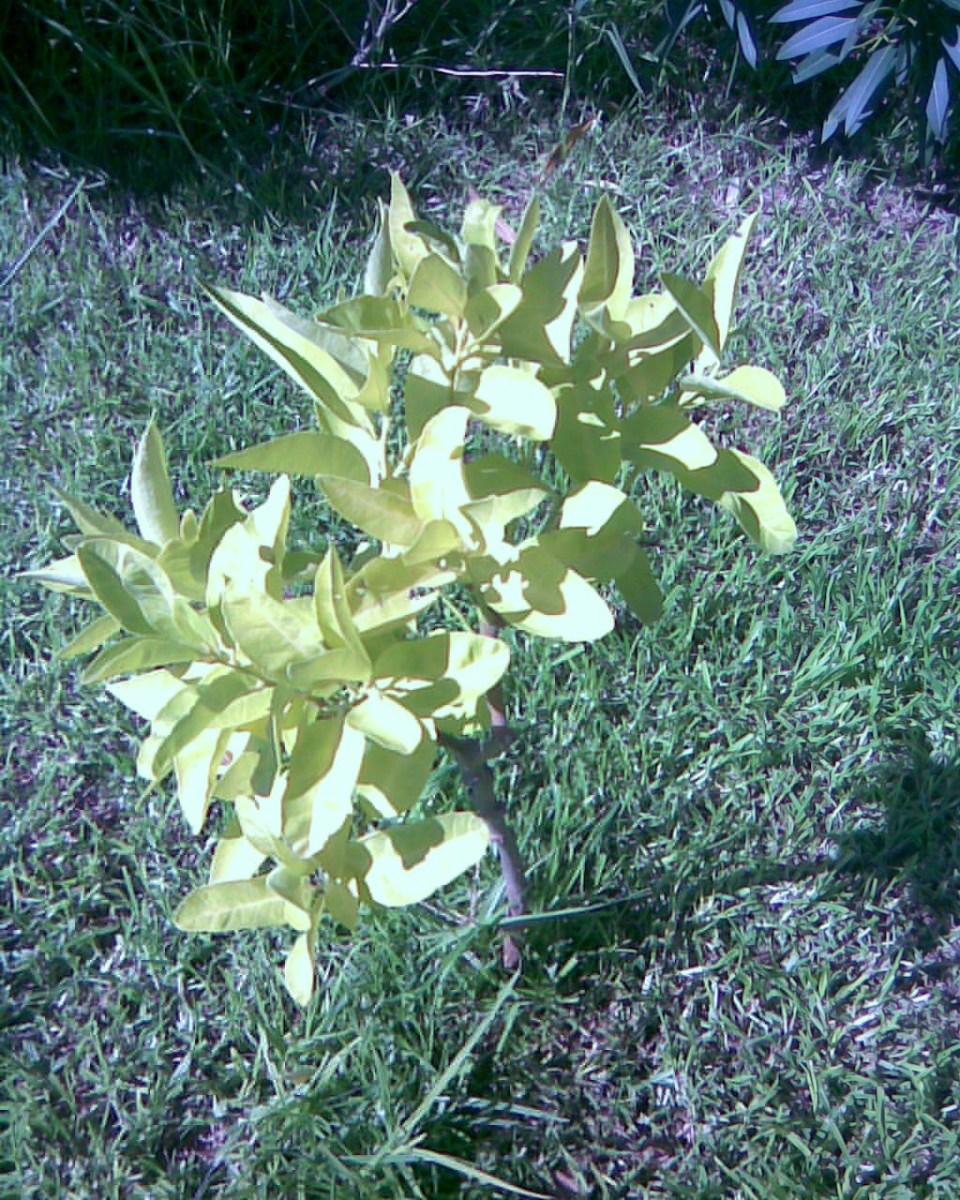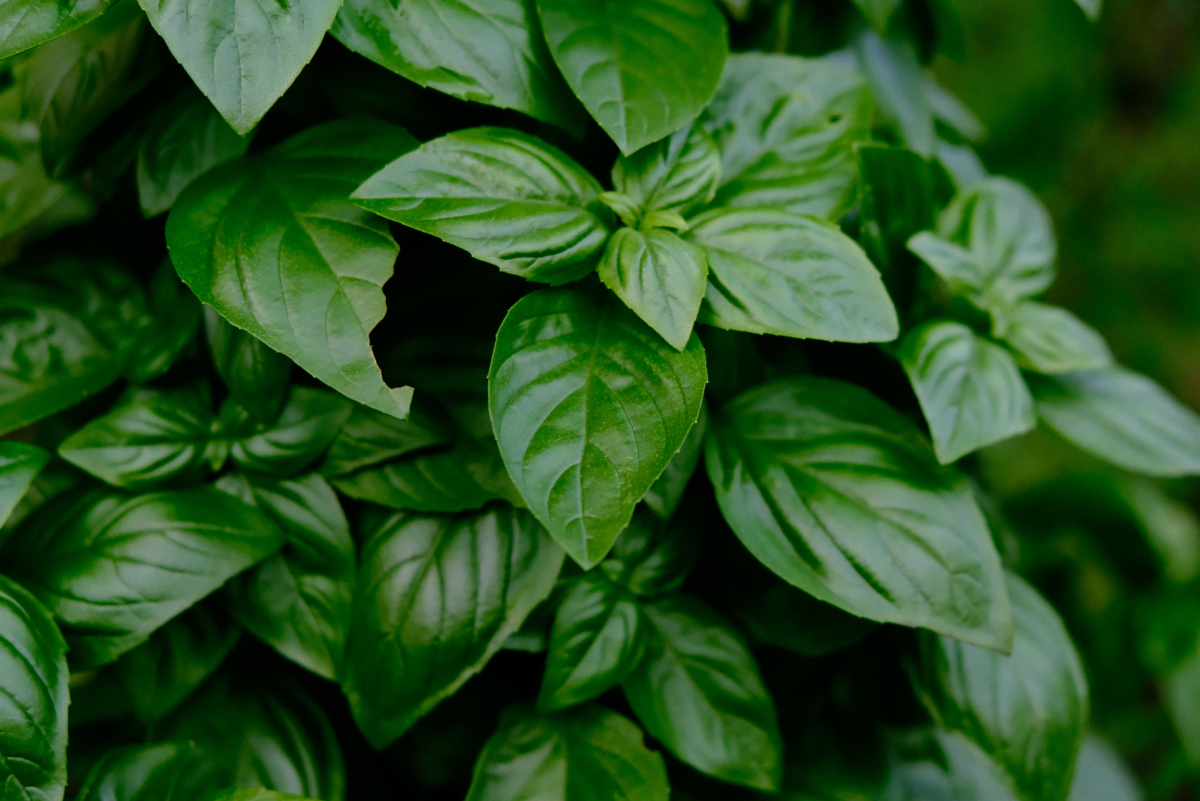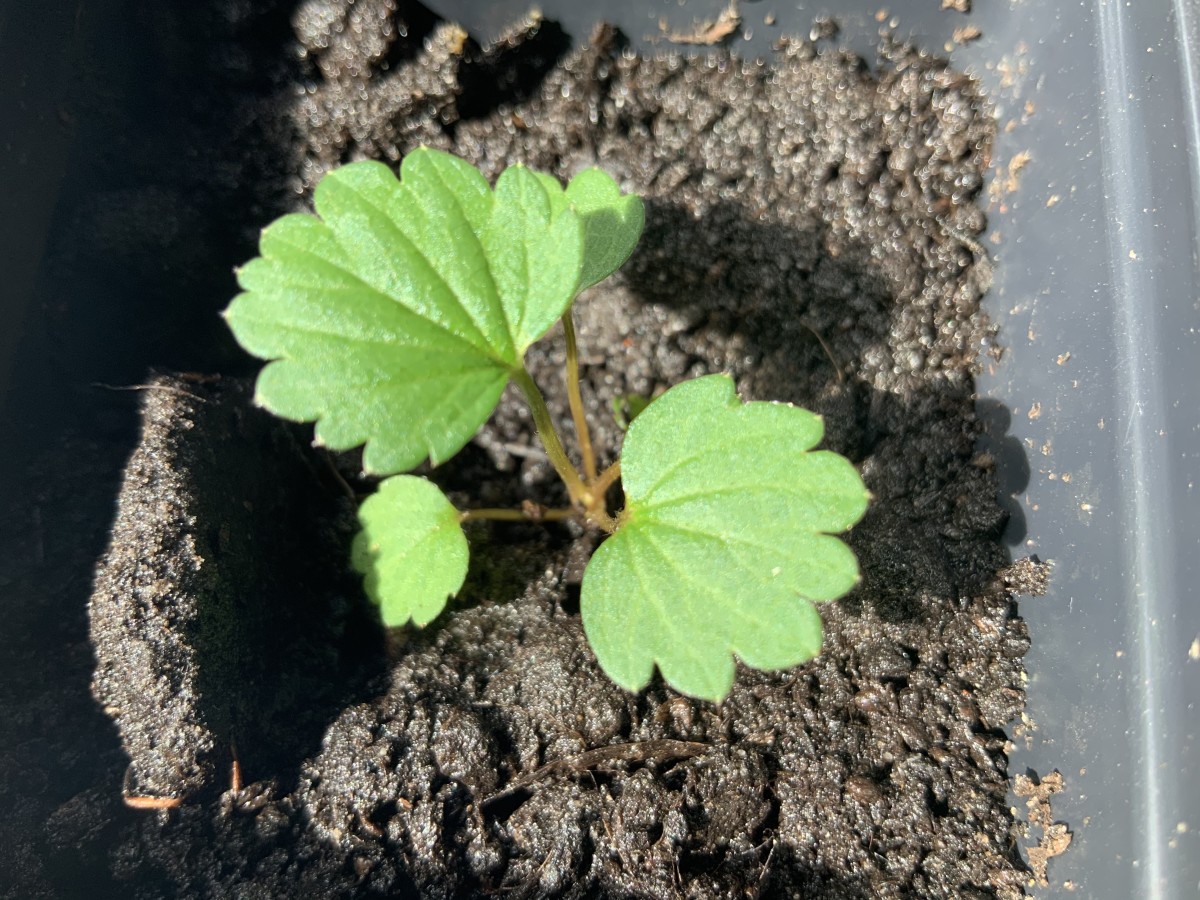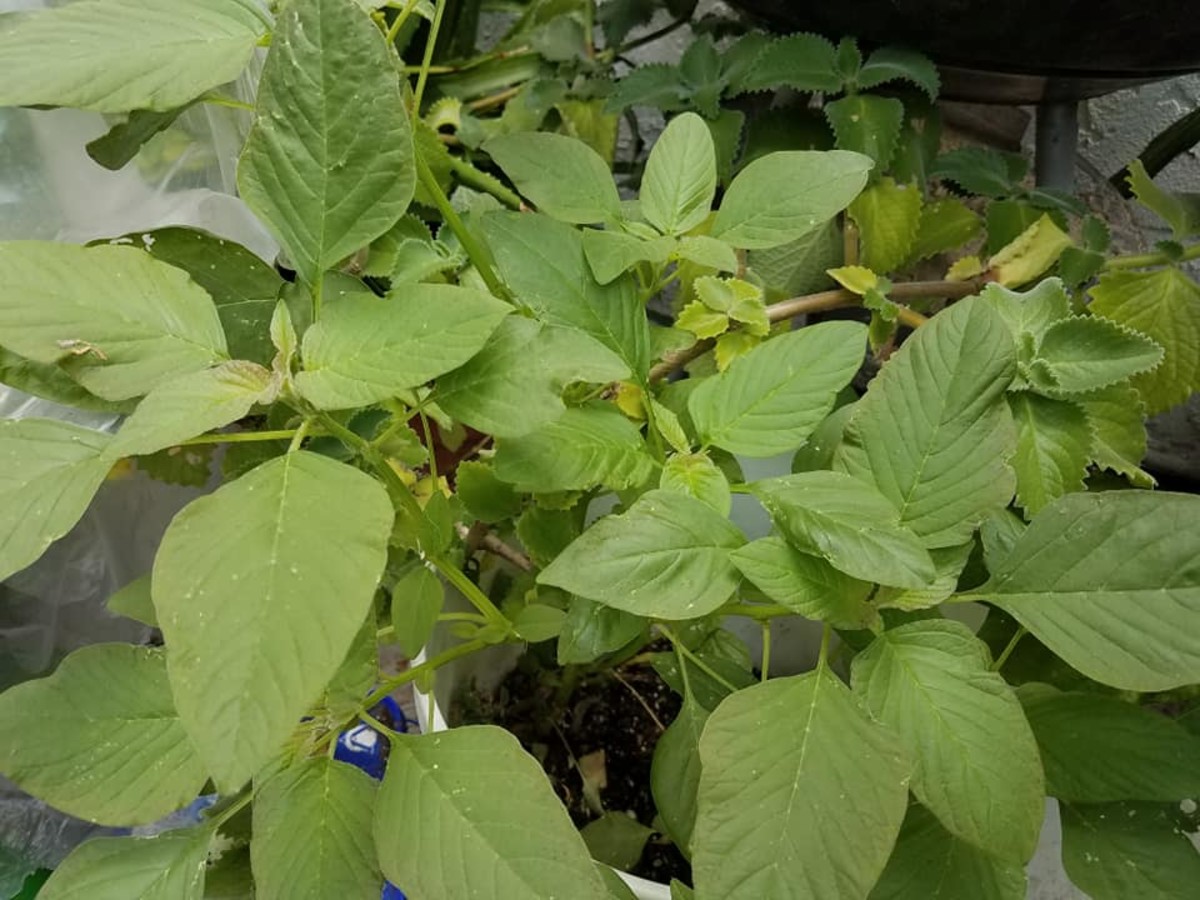How To Grow A Plant From A Seed
So you want to know how to grow a plant from a seed? Growing a healthy, vibrant plant from a tiny little seed can be a simple or complicated process depending on the species you wish to grow.
It always pays to do a little research about the plant you'll be growing prior to sowing the seed so you'll know exactly what they require to germinate and have success the first time around.
The following tips should give an insight into some of the reasons your seed may not be germinating and hopefully will help you in your endeavor to grow a plant from a seed.
One of the most satisfying aspects of gardening is when you plant seeds, see their tiny cotyledons (seed leaves) push up from the soil several weeks later and think how one day those tiny plants will be just as big as their parents were.
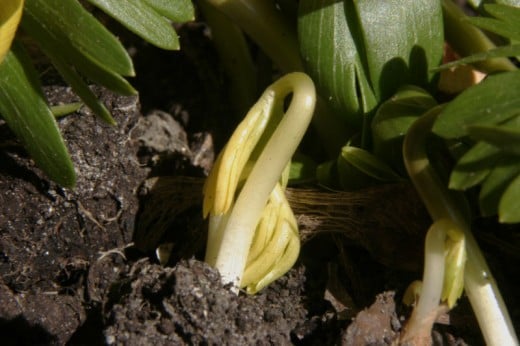
Are you using fresh seeds?
Most seeds will survive at least several years even under sub-optimal conditions. However exposure to dampness, high humidity or high temperatures for prolonged periods may quickly kill your seeds. It is important to store your seed in a cool, dry place.
Place the seed into an airtight container and put it either under the house or in an air-conditioned room. You can also store seed in an air-tight jar in your refrigerator, although if doing this be sure to allow the sealed jar to sit and adjust to the surrounding air temperature before opening to prevent condensation on the seeds or inside of the jar.
It is generally not advisable to freeze seed unless you use silica gel to reduce the moisture content of the seeds to an optimal low level, missing this step with result in ice crystals forming within the cells of the seeds as they freeze which will kill them.
If you are collecting seeds from your garden be sure to leave them stalks intact in a warm, dry place out of direct sunlight to dry before storing. You can keep them in a paper bag while drying but avoid storing them in plastic as it won't allow any excess moisture to escape and your seeds will end up rotten. If done correctly, most seed should be sufficiently dry within a week or two.
Some seeds such as corn, leeks, onions, parsnip and spinach are normally short lived and are best used within one or two years.
Other seed can remain viable for many years. The oldest germinated seed was a 2,000 year old Judean date palm (Phoenix dactylifera), its age was verified using carbon-14 dating.
Are your seeds viable?
Seed collected from immature fruit will not be fully developed and most likely won't germinate. Only collect ripe fruit and totally dry seed-heads to achieve best germination rates.
Seed that has been stored incorrectly or damaged by insects may also fail to germinate.
Are your seeds too fresh?
Some seed including many grasses will need a lengthy drying period before they will germinate. The plants will drop their seeds and these will appear dry on the outside, but they will remain dormant until they reach a certain low moisture content inside. If the seeds absorb water before they reach this point they will either have to dry out again starting from the beginning or they may even rot if they are damp for too long.
Are your seeds from fleshy fruits?
Many fleshy fruits have chemicals within their flesh that inhibit seed germination. Seed from fleshy fruits can be separated by gently crushing the fruits by hand in a bucket of water, then placing them on a sheet of glass or a glazed ceramic plate to dry (avoid paper towel as seeds will tend to stick to it).
Some seeds such as tomatoes benefit from fermentation. To ferment seed collected from fleshy fruits place the seeds and any pulp that surround them into a jar and add half as much water as there is pulp and seeds. Store the jar at a temperature between 75 and 85 degrees Fahrenheit (24 to 30 degrees Celsius). After a few days you will see a bubbly froth or a white mold on the surface of the water, this means that the mix is beginning to ferment. Leave the seeds fermenting for a day then strain and rinse them before drying. Don't leave the seeds fermenting any longer or they may begin to germinate.
Are your seeds recalcitrant?
The definition of recalcitrant is 'having an obstinately uncooperative attitude toward authority' and recalcitrant seeds can indeed be quite uncooperative.
Recalcitrant seeds do not survive drying or freezing and must be planted as soon as possible after collection and kept moist if they're to survive.
Many tropical and sub-tropical fruits including avocado, lychee and mango are recalcitrant.
Are our seeds growing at the right temperature?
The seed of different plants will germinate within different temperature ranges depending on where they originate from.
Some plants such as amaranth will germinate only when the soil temperature is high, others such as celery prefer cool soils and will not germinate if the soil temperature is too high.
This is one of the reasons why seed packets recommend planting during certain seasons and in certain aspects (full sun, shade etc.), by following these instructions the soil temperature and growing conditions will be ideal for the plant you are trying to grow. The seeds may still grow if you sow them outside these recommendations, but the plants will generally not be as vigorous.
Are you planting the seed at the correct depth?
It is important to plant your seed at the correct depth. This will vary from plant to plant and a recommended planting depth can usually be found on seed packets. Seeds that are planted too deep will use up all their energy reserves trying to reach the surface and may never make it or be weak and stunted. Plant seeds that are planted too shallow will initially have roots closer to the surface, increasing the chance of them drying out. Shallow roots also won't provide a sturdy anchor in windy conditions, causing the plants to fall over and get damaged.
As a general rule of thumb, seeds should be planted at a depth that is triple the diameter of the seed itself. A 1 cm seed should be planted 3cm deep, while a 1mm seed should be planted 3mm deep.
Some seeds require light to germinate and these should be sown across the surface with at most only a light sprinkling of soil to cover them. Surface sown seed easily dry out and need to be watered frequently to prevent this.
Are your seeds or seedlings drying out?
If you have planted your seeds directly into the garden, check that any water you give them is infiltrating down deep enough into the soil by digging a small hole nearby at the same depth as the seeds you planted. I have heavy clay soil where I live, so it can take a surprisingly long time for water to sink in especially if the soil becomes dry. Water regularly and never let your germinating seedlings dry out or they will die.
There are a couple of advantages gained by planting the seeds into punnet trays instead of direct sowing. You can move punnet trays if they are in a spot that is too sunny and gradually move them into more sunlight to harden them off before planting them out into the garden. Plants can also be started indoors while it is still too cool outside to maximize the length of their growing season. Direct sowing will however reduce transplant stress and give your plants a head start in establishing a large, healthy root system. Different plants will grow better using each method.
If growing in trays, you'll need to use a good quality seed raising mix. Seed raising mixes have finer particles than regular potting mixes which enables them to remain moist longer. The smaller particles are also tighter fitting and have smaller air pockets between them, reducing the chance of the seedlings drying out. Smaller particles are also more easily pushed aside by emerging seedlings, some of the chunks of composted pinebark in regular potting mixes can be quite big and can block the seedlings from reaching the surface. Seedlings also require good drainage to prevent root rot and most seed raising mixes provide this, excess water quickly drains out of the mix through the drainage holes in the punnets.
Due to the small quantity of mix they can hold, seedling punnets can easily dry out and should be watered regularly. They can be kept in sealed mini-greenhouses or plastic bags to create a humid environment, however once the cotyledons (seed leaves) emerge you should remove them or they will rot.
Help, my seedlings are getting big?
Good news, it's time to plant them out and water them in. Check regularly for roots under your seedling trays and if there are any roots sticking out either plant them in the garden or pot them up if you want to keep them as pot-plants.
Remember to water them regularly (every second day at least if there is no rain) while they are young as their root systems will still be shallow and they will easily dry out and die.
Once they are in the ground for a few weeks and have sent out new roots it is a good idea to fertilize them to give them the best start in life.
I hope you have learnt a few useful pointers about what it takes to grow a plant from a seed and wish you many successes in your future gardening endeavors.

